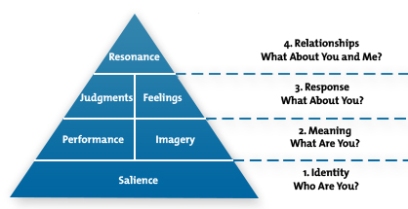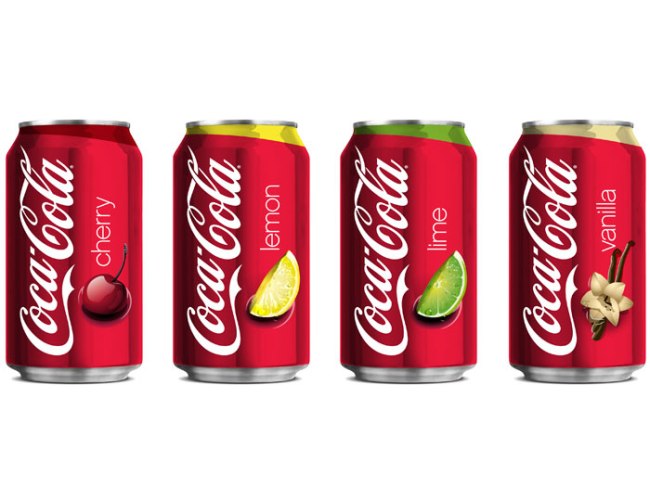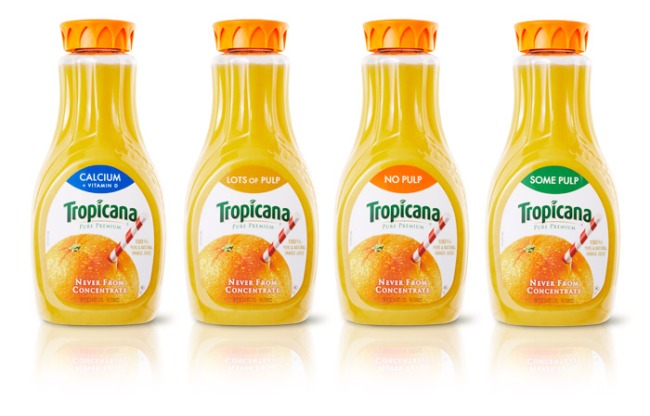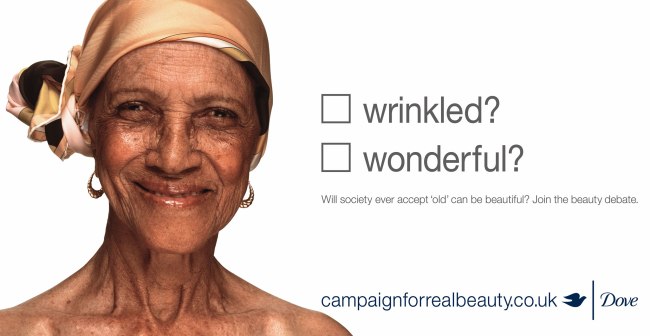As a marketer, in order to build a strong brand, it is important to influence the way in which customers think and feel your product. Keeping this in mind, Keller introduces his Customer-Based Brand Equity model (CBBE) in this chapter. Customer-based brand equity mainly occurs when consumers have a high level of awareness and familiarity with your brand, which in turn reflects in them having positive, strong, and favorable brand associations with it. Below, you can see the simple model constructed by Keller. Now let’s go through each of the four questions and see where the six elements fit in. 
Photo Credit: MindTools.com
Brand Salience looks at creating awareness for the brand – making sure it stands out and that customers are aware of it. For a customer looking at your brand, it answers the question, ‘Who are you?’ to them. As a marketer at this stage, you also have to know who your customers are and how they decide between purchasing your product versus that of your competitor’s. You have to make sure your target segment knows your USP and that the way they perceive your brand is aligned with the way you want them to see it. An interesting fact to note here is the way consumers make decisions in a top-down fashion. You first decide if you want water or a flavored beverage. Once you pick the latter, you decide if you want alcoholic and non-alcoholic and so on. When you think of it this way, I believe soft drinks have a much larger breadth of awareness as compared of milk or juices. While there are over 146 varieties of Coke alone, there seems to be a lower perceived consumption of the other beverages in comparison therefore, marketers in the latter beverage categories have to work doubly hard on brand salience. 
To answer the second question, ‘What are you?’, you have to identify and communicate what your brand means. This question focuses on the product itself, as it is the primary influence of what consumers experience with a brand. Brand performance and Imagery are the two ways in which you can achieve this. The former focuses on how well your brand satisfies the functional needs of the consumers – namely utilitarian, aesthetic and economic. Primary ingredients, supplementary features, product reliability and durability, service effectiveness, style and design and ofcourse, the price together influence brand performance. Imagery is influenced by intangible aspects of the brand that stem from the consumer’s experience with it, word of mouth or advertising. An incredibly powerful example of an intangible association that I would like to mention here is how Dove resonates itself as a brand for ‘real women’ by emphasizing on family, real beauty, confidence and empowerment through its ‘Real Beauty’ campaigns. By combining performance and imagery, you can come up with a unique brand personality that must be communicated to your consumers.
The third question, ‘What about you?’, focuses on consumer responses to your brand. As shown in the diagram, this can be divided into Judgments and Feelings. Judgments are opinions of consumers that stem from their knowledge of the brand’s performance and imagery. They can be divided into – brand credibility, brand consideration, quality and superiority. Feelings are customers’ emotional responses and reactions to the brand and can be divided into – warmth, fun, excitement, security, social approval and self-respect. Emotional branding is very important because connecting with customers on that level can get you not only their attention but also their sympathy that could potentially make them loyal to your brand. This short advertisement from British company Cadbury focuses on marketing its primary popular chocolate, Dairy Milk, in India by positioning it around the country’s festival of lights called Diwali. It urges customers to thank the people that have made a difference in their lives whether it is a postman or a pizza delivery boy who work overtime to ensure timely delivery during the festival by gifting them a Cadbury Dairy Milk box. The tagline in the end translates to, ‘Who will you make happy this Diwali?’
http://www.youtube.com/watch?v=LLh7MO8M4GA
The final question in the pyramid talks about the customer’s ultimate relationship with the brand and the level of identification associated with the same. This is commonly called Brand resonance. This aspect can be broken down into – Behavioral loyalty, attitudinal attachment, sense of community and active engagement. Apple manages to integrate these four aspects very well in projecting its brand to the customers. As a consumer, I have a strong resonance with Tropicana. I have been loyal to the brand’s signature orange juice for many years now having built a certain attachment to it. My immediate and extended families are all active buyers of the Tropicana brand and thus, help in creating a sense of community around it. 
From reading about the CBBE model, I realized that building a brand is a result of logical processes and careful thought and planning. The true measure of strength of a brand depends on the way consumers perceive it. Like Keller mentions, a brand with the right identity and meaning can make a consumer believe its relevant and ‘my kind of a product’. The strongest brands today like Pepsi and Disney often rely on their core customers’ brand loyalty to help in word of mouth marketing. Therefore, it is essential to get on the positive side of your target market. Customer based brand equity is essential to a brand’s success in the market.
Which brand do you think applies aspects of the CBBE Model very well?



Hi Mitali, I love the pics you are using which makes the text interesting.